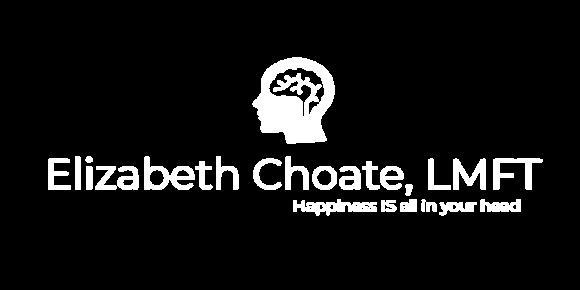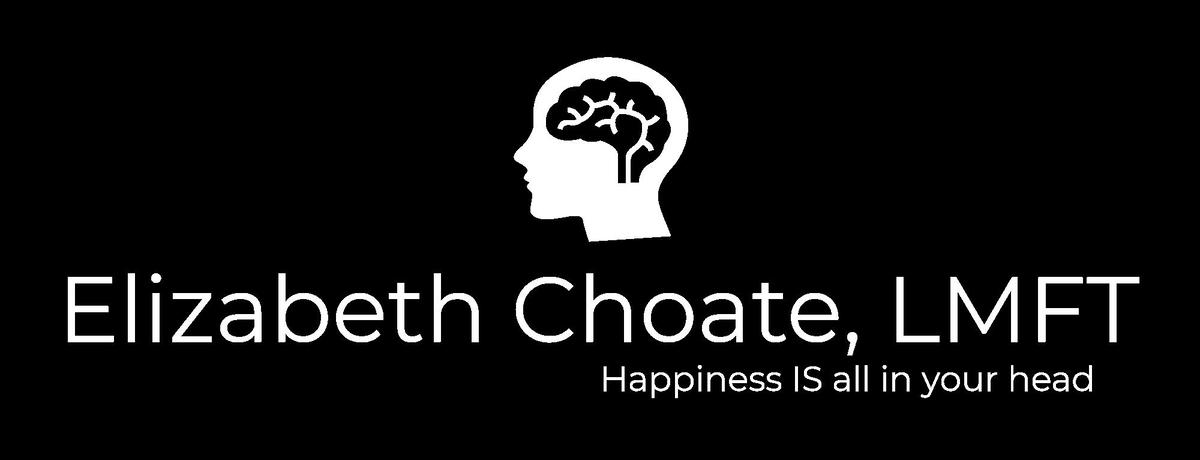
Have you ever paid attention to how you breathe normally, that is, while not feeling stressed out, angry, sad, panicked, or afraid? When I ask clients this question 98% of them answer with "no". The 2% who answer yes describe a sense of calm with a sigh of relief or a yawn. Now, do you notice how you breathe when you are under stress? Is it shallow breathing in which your chest rapidly moves up and down? Are you holding your breathe? Either way, breathing can be a powerful tool when controlled. Deep, controlled breathing techniques are one of the first skills I teach clients who struggle with stressors that take their breath away. It is not enough to simply learn to breathe, it is important that you understand how and why it works.

During high stress moments heart rate increases, muscles tense, and breathing becomes more shallow. This lack of oxygen in the body allows the adrenaline and the emotional mind to run wild. Picture a tall glass with fresh squeezed lemon juice in the bottom of it, that concentrated lemon juice is your emotional state and your adrenaline. It is strong, bitter, and powerful until you add some sugar and water to dilute it and turn it into refreshing lemonade. Breathing adds oxygen to dilute the adrenaline in the body, reduce the heart rate, and hush the emotional mind back to feeling safe enough to allow the wise mind, or logic, to take the wheel. This enables people to increase productivity at work, resolve conflict, enforce boundaries, make better decisions, avoid relapse, become a millionaire (Just checking to see if you are still with me here, breathing never made anyone rich, sorry). So, how is this done?
- Slowly inhale through your nose to the count of four while ensuring that you fill your full lung capacity by feeling your stomach extend as you fill your lungs with air.
- Hold that full breath to the count of four
- Slowly exhale from your mouth to the count of four
- Hold still with no breath in your lungs to the count of four
- Repeat until you yawn
Different techniques work for different people, however this technique seems to work for most. It is also known as square breathing. I must emphasize to you the importance of practicing this technique A LOT and when you are feeling good. Practice. Practice. Practice. Do it in the morning when you wake up, do it at bedtime as you are lying in bed, do it at your desk, do it on the your lunch break. Practicing this technique regularly during low or no stress moments trains your brain to relax deeper upon experiencing deep breathing. Then when you are in the throws of a panic attack, high stress situation, or struggle with urges to relapse and you tell yourself to stop and breathe, this coping skill will work for you.
Deep breathing is the first step of many in rewiring your brain and making healthy coping a regular part of your daily living routine. I hope you will practice deep breathing if you aren't already, and stay tuned for step two. I'd love your feedback in the comments below.
